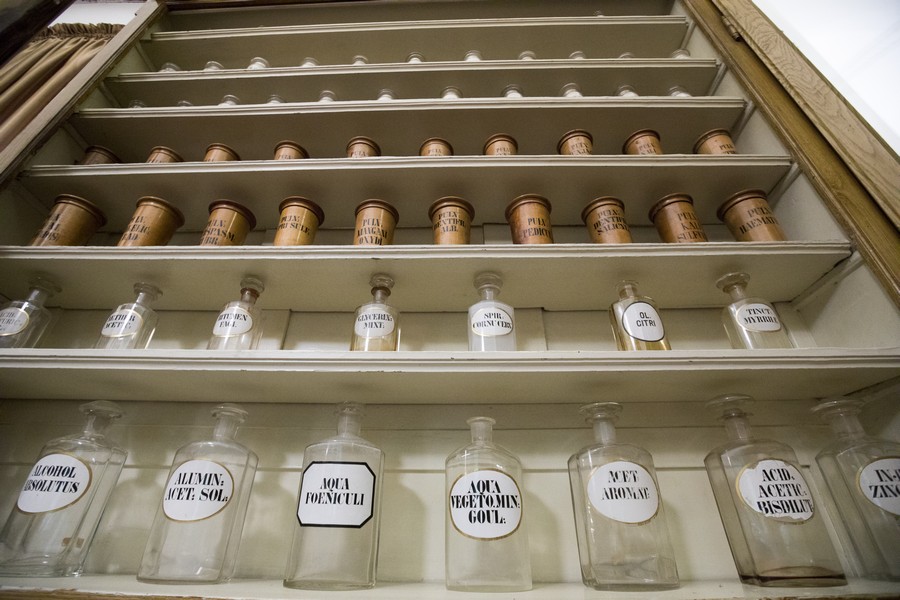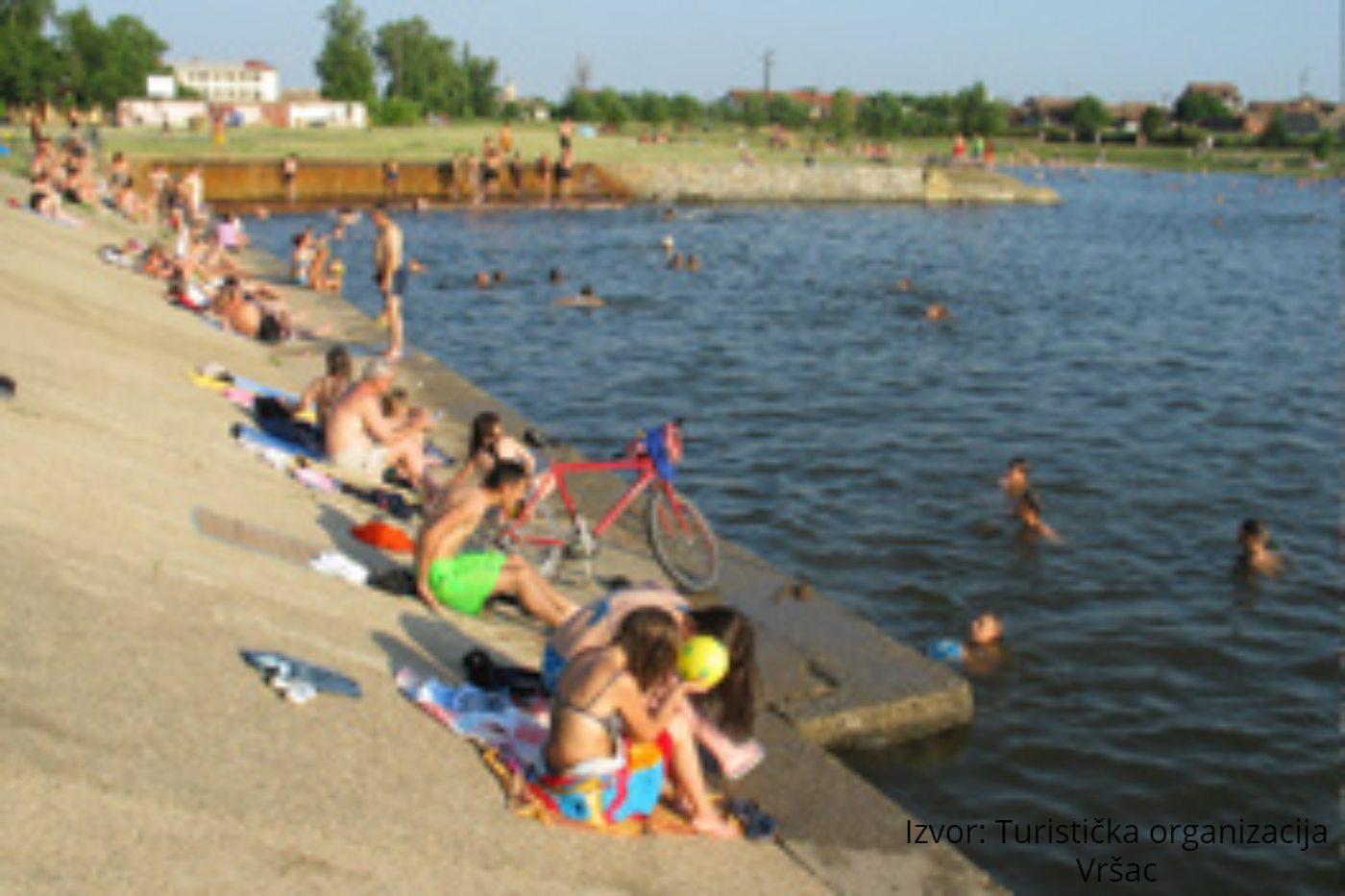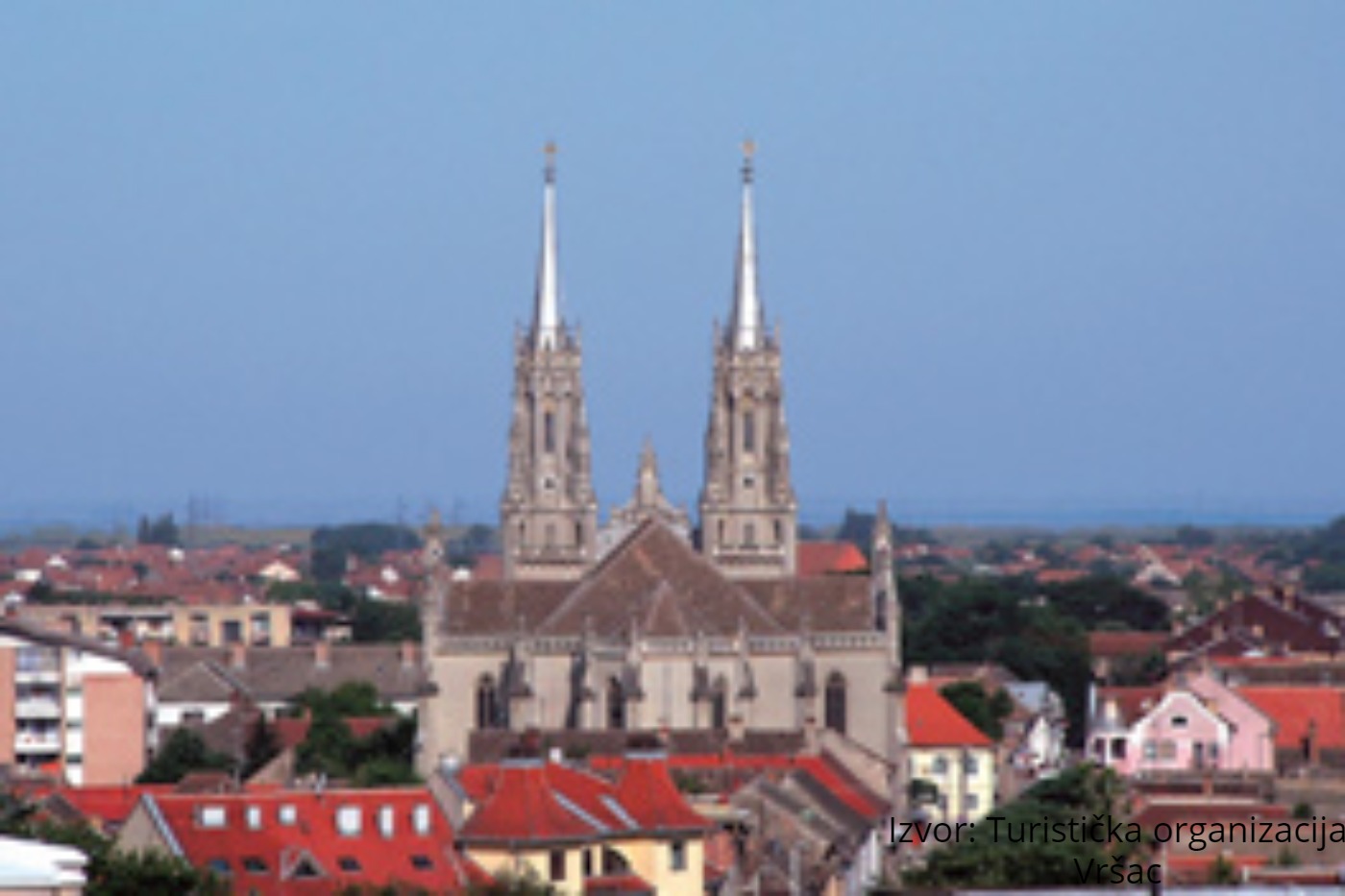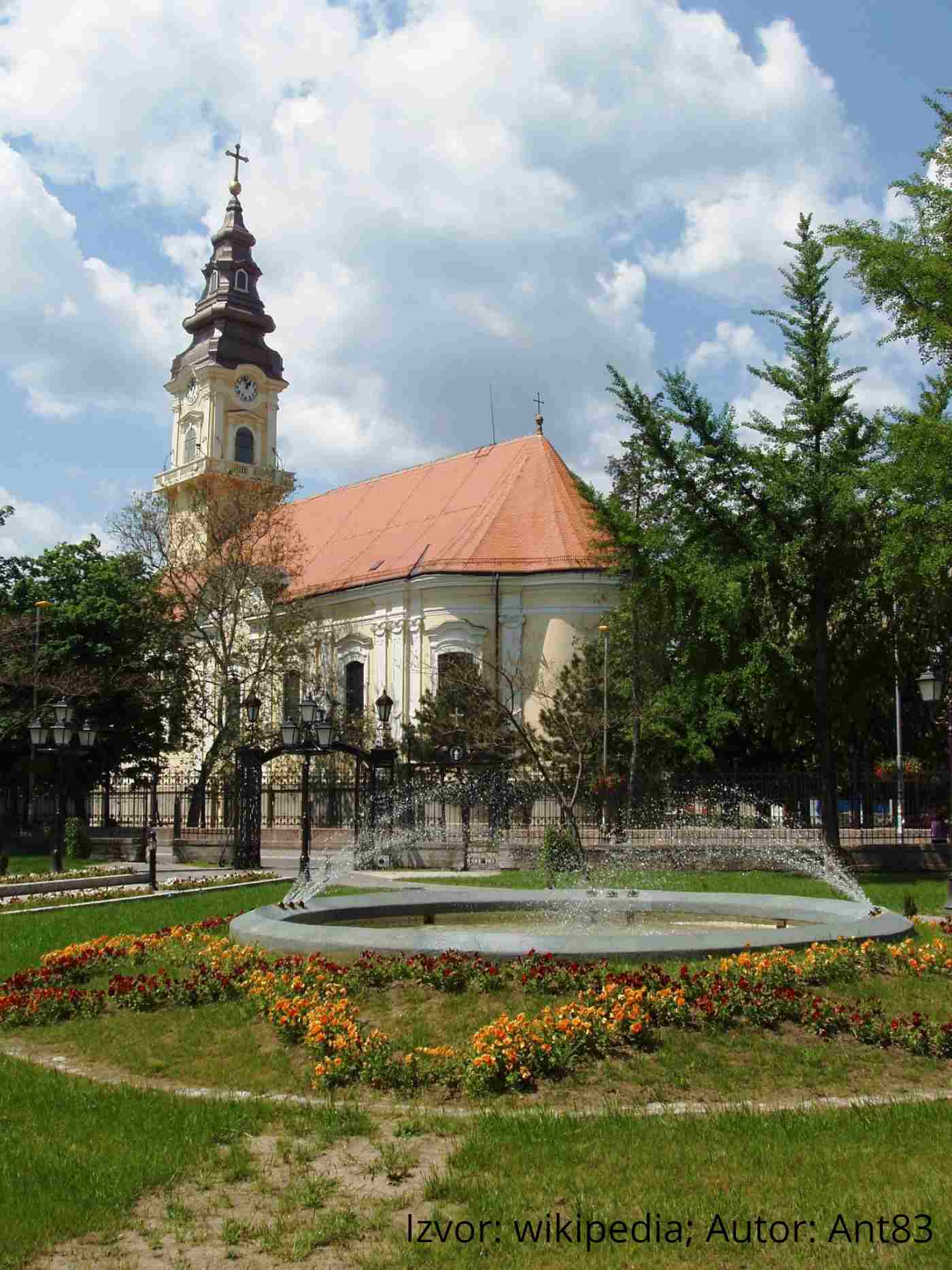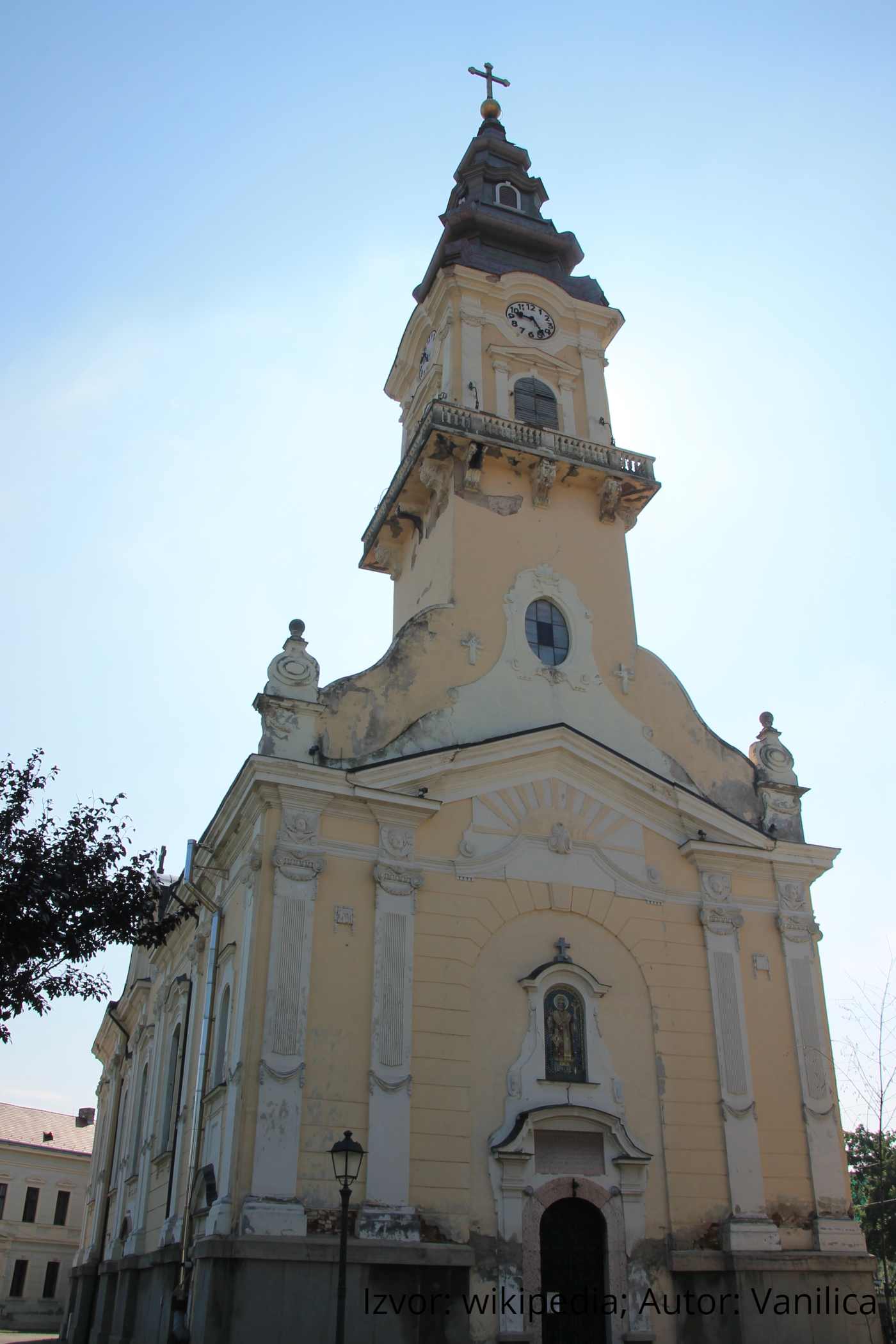Gradski muzej - Konkordija
Share this attraction
Back

Gradski muzej - Konkordija
Vrsac
You are in Vršac and you don't know which way to go first? What to visit in this beautiful city and how to achieve all that in a short time ?! We suggest that you first visit the City Museum, which is located in the center of Vrsac, and then from there slowly go on a tour of other city sights.
History of the City Museum
Objects for the City Museum in Vršac began to be collected back in 1882. This institution became a municipal museum in 1894, and opened to the public in 1898. The City Museum in Vršac is primarily a local museum, which was established with the primary goal of presenting the history of this city. During its development, this museum grew into an institution of a complex type, so today it covers the history of the entire area of southern Banat. In 1908, the institution got its own building and merged with the city library. Its first curator, Felix Mileker, played a special role in the creation and development of the City Museum. He deserves great credit for the enrichment of museum collections through field excavations and the purchase of objects from collectors.
What you can see in the City Museum
Among the most important objects that you can see here are prehistoric objects from the Iron Age, found in Vatina near Vršac, and a numismatic collection, a collection of money from different time periods. As for the permanent exhibition of the City Museum, it consists of:
History of the City Museum
Objects for the City Museum in Vršac began to be collected back in 1882. This institution became a municipal museum in 1894, and opened to the public in 1898. The City Museum in Vršac is primarily a local museum, which was established with the primary goal of presenting the history of this city. During its development, this museum grew into an institution of a complex type, so today it covers the history of the entire area of southern Banat. In 1908, the institution got its own building and merged with the city library. Its first curator, Felix Mileker, played a special role in the creation and development of the City Museum. He deserves great credit for the enrichment of museum collections through field excavations and the purchase of objects from collectors.
What you can see in the City Museum
Among the most important objects that you can see here are prehistoric objects from the Iron Age, found in Vatina near Vršac, and a numismatic collection, a collection of money from different time periods. As for the permanent exhibition of the City Museum, it consists of:
- Civic life of Vrsac in the second half of the 19th and the beginning of the 20th century - part of the exhibition is located in the Pharmacy on the steps. This exhibition shows the development of the bourgeoisie in this area during the 18th, 19th and 20th centuries.
- Cold steel from the collections of the City Museum - The exhibition shows 155 items from 3 departments of the Museum: Archaeological, Historical and Ethnological.
- From prehistory to the Middle Ages - The following periods are treated here: Old Stone Age, Younger Stone Age, Copper Age, Bronze Age, Iron Age, Roman period, Late Antiquity, Migration period and the arrival of the Slavs.
- Memory of Paja Jovanović - prominent painter Paja Jovanović was born in Vršac and, besides Uroš Predić, he was the most important representative of the art scene of Serbian realism. At this exhibition, you will be able to get acquainted with a part of the work of the genius Paja Jovanović, which the city of Vršac is still proud of.
- History of health culture of southeastern Banat - here is the history of Vršac pharmacy, pharmacy, hospital and sanatorium treatment in this city.
In addition to its basic activities, the City Museum in Vršac regularly publishes its publications.
How to get to the City Museum in Vršac?
The city of Vrsac is about eighty kilometers away from the Serbian capital, so you can easily reach it in an hour and a half by car (via Route 10). If you travel by bus from Belgrade, you can get from the STUP Vršac bus station to the City Museum in 2 ways:
How to get to the City Museum in Vršac?
The city of Vrsac is about eighty kilometers away from the Serbian capital, so you can easily reach it in an hour and a half by car (via Route 10). If you travel by bus from Belgrade, you can get from the STUP Vršac bus station to the City Museum in 2 ways:
- by taxi - in just 4 minutes drive across Deligradska Street. Call Fokus Taxi Vršac: 060 8887777 or Maxi Taxi: 013 833833.
- You can also walk from the bus station to the City Museum in about 20 minutes on foot.
Additional information
Today, the City Museum in Vršac has over 250 thousand exhibits in several professional departments: archeological, historical, numismatic, ethnological, natural history and art. Visit it and enjoy the collected information and great knowledge that you will take with you from here.
Ticket prices and opening hours of the City Museum
Today, the City Museum in Vršac has over 250 thousand exhibits in several professional departments: archeological, historical, numismatic, ethnological, natural history and art. Visit it and enjoy the collected information and great knowledge that you will take with you from here.
Ticket prices and opening hours of the City Museum
- The city museum is open to all visitors from Tuesday to Friday (from 10 am to 5 pm), while on weekends the working hours are somewhat different.
- You can visit it on Saturdays from 10 am to 3 pm, and on Sundays from 10 am to 2 pm.
- The price of tickets for adults is 150 dinars, but pupils, students and pensioners have a discount - they pay 100 dinars.
- Free entrance is provided to preschool children (up to 7 years old), people with special needs and their entourage, members of the Serbian Museum Association, ICOM, as well as journalists and colleagues from other museums.








